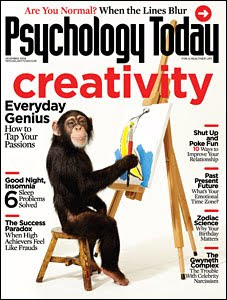In my last post, I explored the concept of using creativity as an agent of social change and highlighted a program in Cleveland that was doing just that. I also asked readers to share their own examples of creativity and community building.
One reader, Isobel, left a comment praising the organization Ashoka and the partnership between IDEO and the Gates Foundation. I decided to check out her suggestions and was thoroughly impressed.
Ashoka is a leader in the social entrepreneur movement supporting some 2,000 fellows in 60 different countries with projects ranging from sanitation to establishing schools. Ashoka has created a global network of innovation and creativity empowering regular citizens to become change makers.
Similarly, IDEO, not only has an alliance with the Bill and Melinda Gates Foundation to support projects on health but with several other well-known global foundations. At IDEO, it is not just about innovation but social innovation as defined by using design-thinking principles to better serve underprivileged areas and communities. Recent examples of projects have included the Human Centered Design Project providing a tool kit for innovation and the universal ear, an affordable hearing aid both created for developing nations.
Finally, have you heard about the Pepsi Refresh Project? I kept seeing and hearing the ads for this new idea generating initiative sponsored by Pepsi, while my mind was still percolating ideas for this post. Anyway, Pepsi is providing various sums of money to those individuals and organizations that come up with ideas that have a positive impact on a community.
Unfortunately the limited number of applications for this grant cycle has been filled, but you can still enter your idea for future funding cycles in the following categories: health, arts & culture, food & shelter, the planet, neighborhoods and educations. I’ve had fun looking through the art submissions. Vote for your favorite ideas or submit your own next month and make a change in your neighborhood!






 Yesterday, Parade magazine published an article on a creative building transformation that has taken place outside St. Louis, where a struggling enclosed shopping mall has been turned into a thriving arts center. If you haven’t read it yet, check out
Yesterday, Parade magazine published an article on a creative building transformation that has taken place outside St. Louis, where a struggling enclosed shopping mall has been turned into a thriving arts center. If you haven’t read it yet, check out 